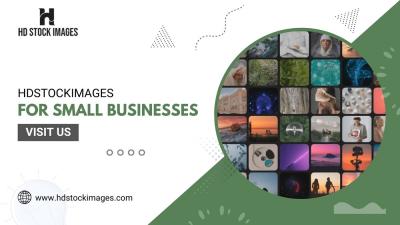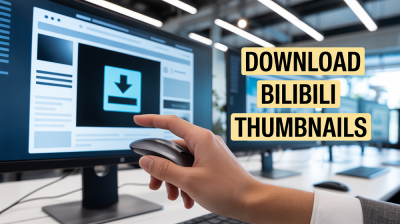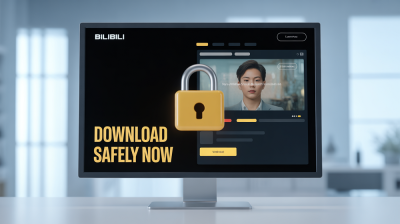LinkedIn has transformed the way professionals connect with one another. Gone are the days when networking relied solely on face-to-face meetings and business cards. Today, LinkedIn serves as a powerful platform where professionals from all sectors can engage, share, and collaborate. Whether you’re a seasoned expert or just starting your career, understanding how to network effectively on
So, what makes LinkedIn networking unique? It’s a combination of access, authenticity, and opportunity. The platform allows you to connect with a global audience and tap into diverse industries, all while showcasing your personal brand. In this blog post, we'll explore effective techniques for making meaningful connections on LinkedIn, helping you to build a robust professional network.
Understanding the Importance of Professional Connections
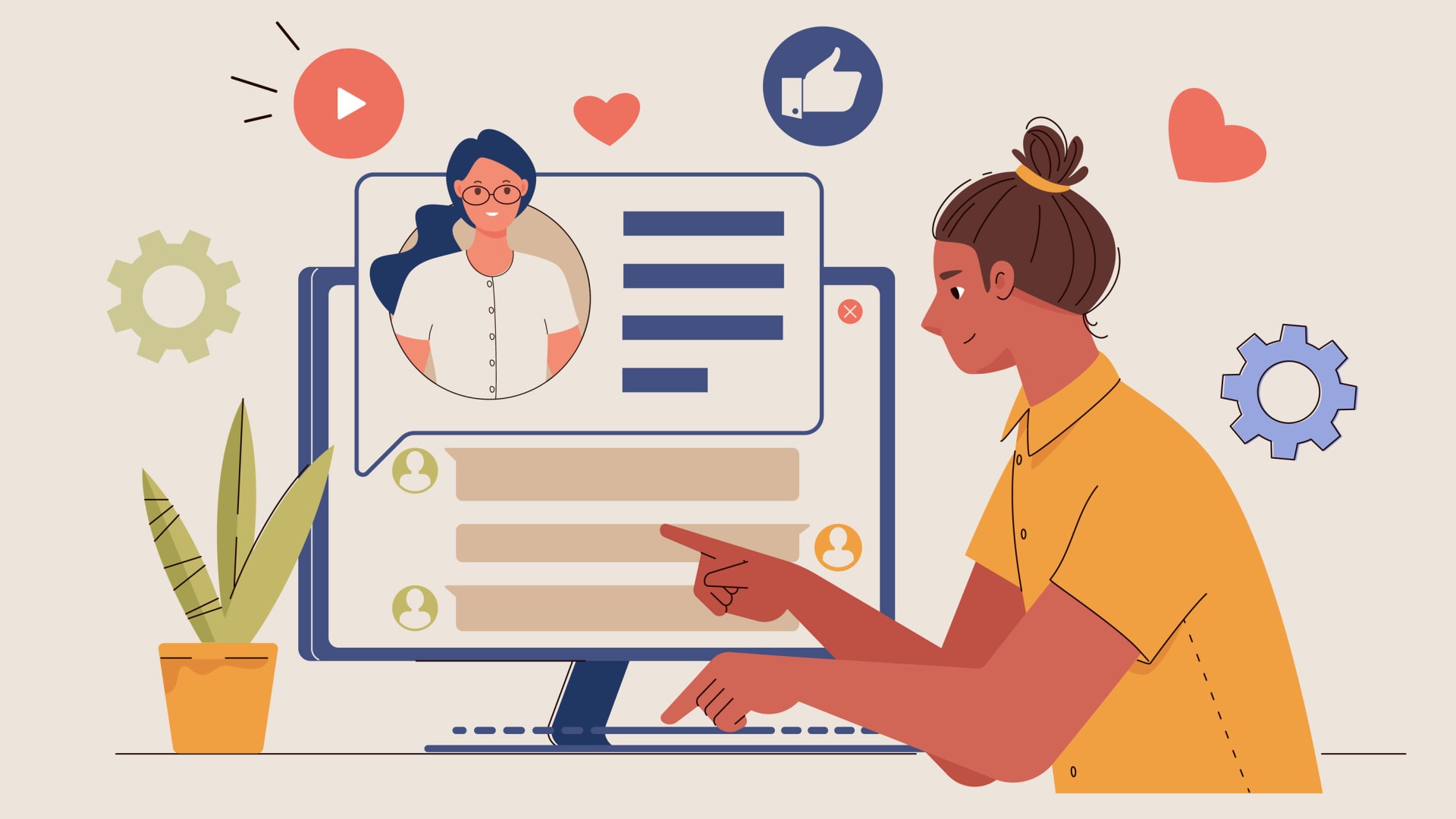
Building a strong professional network is crucial for various reasons, and understanding its significance can motivate you to engage more actively on LinkedIn. Here are some key points to consider:
- Career Opportunities: Networking opens doors to new job prospects. Many positions are filled through referrals, so having connections in your field can make a difference.
- Knowledge Sharing: Professionals in your network can be valuable sources of information. Engaging with them can help you stay updated on industry trends and gain insights into best practices.
- Support System: A solid network provides emotional and professional support. Whether you need advice, mentorship, or collaboration, your connections can offer guidance.
- Increased Visibility: The more you connect with others, the more visible you become in your industry. This visibility can lead to invitations to speak at events, participate in panels, or lead projects.
- Collaboration Opportunities: Networking can lead to potential partnerships or collaborations that can help you achieve your professional goals.
In essence, harnessing your LinkedIn connections isn’t just about adding numbers to your network; it's about creating lasting relationships that inspire growth, foster collaboration, and open new avenues for success. So, as you venture through LinkedIn, remember that each connection is an opportunity waiting to flourish!
Researching Your Target Connection

When it comes to making meaningful connections on LinkedIn, research is your best friend. It’s not enough to just send out connection requests and hope for the best; you need to know who you’re reaching out to and how to engage them effectively.
Start by browsing their profile thoroughly. Here are a few key areas to focus on:
- Professional Background: Look at their employment history, educational background, and any organizations they are part of. This gives you insight into their career path and interests.
- Shared Connections: Check if you have any mutual connections. A shared connection can serve as a conversation starter and lend credibility to your request.
- Interests and Activities: Take note of any posts, articles, or comments they've made. Engaging with their content can also open up avenues for conversation.
- Skills and Endorsements: Understand what skills they are known for. This can help you tailor your conversation and demonstrate your interest in their expertise.
Beyond their profile, consider looking them up on other social platforms or professional websites. This well-rounded view can arm you with the right talking points for your initial conversation.
In essence, doing your homework shows that you value their time and are genuinely interested in connecting—making it far more likely that they’ll want to connect with you in return.
Crafting a Personalized Invitation
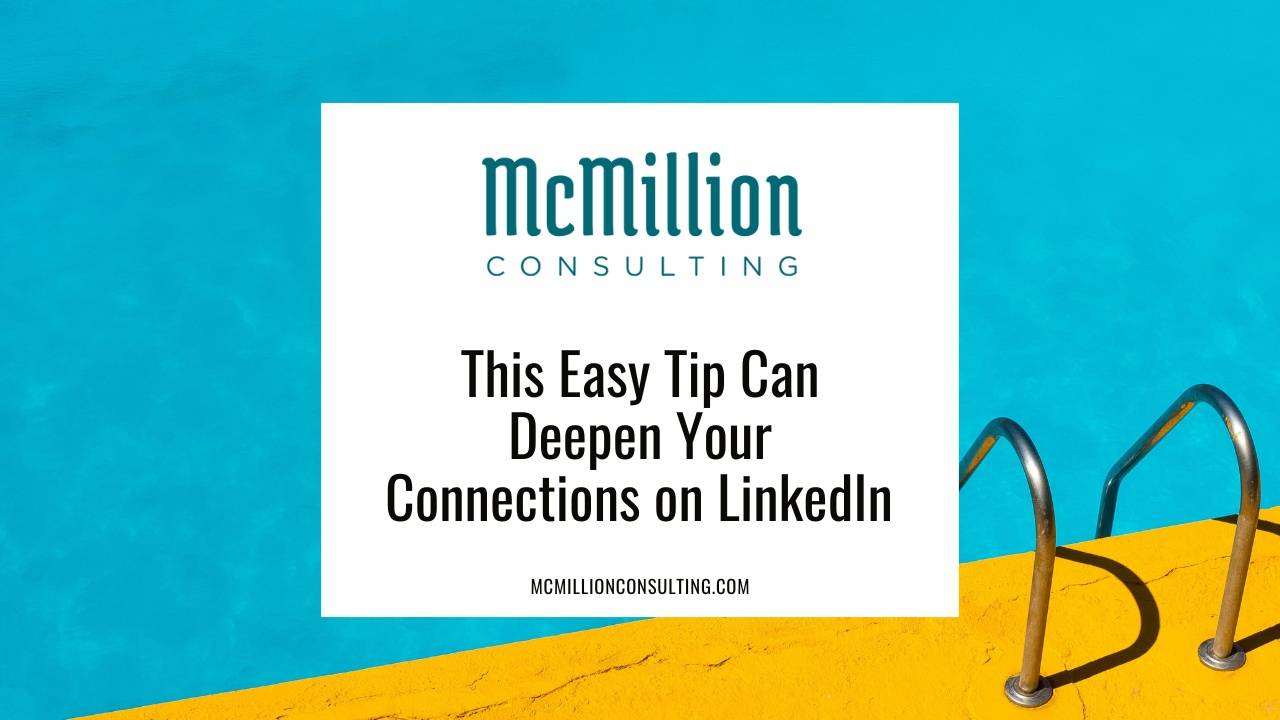
Once you’ve done your research, it’s time to reach out! But remember, a cookie-cutter connection request won’t cut it. Personalization is key! Here’s how to create an invitation that stands out:
- Use Their Name: Simple yet effective! Start your message by addressing them by name. It makes your message feel more personal right from the start.
- Reference Common Interests: Highlight any shared connections, interests, or experiences that can serve as the foundation for your relationship. For instance, say you both attended the same conference or work in similar industries.
- Be Clear About Your Intentions: Let them know why you want to connect. Whether it’s to share insights, collaborate on a project, or simply expand your network, being upfront builds trust.
- Keep It Brief: Aim for clarity and brevity. A few sentences are usually enough to convey your message without overwhelming them.
- End with a Warm Note: Close your invitation by expressing excitement about potentially connecting or collaborating.
Here’s a quick example to illustrate:
“Hi [Name], I noticed we both attended the [Event] and are in the [Industry] field. I’m keen to connect and exchange insights as I believe we can learn a lot from each other. Looking forward to connecting!”
By sending a personalized invitation, you position yourself as someone who is thoughtful and genuinely interested. This makes your connection much more likely to respond positively!
5. Following Up After Initial Contact
Following up after your initial connection on LinkedIn is crucial for solidifying that relationship and moving it to the next level. It’s like watering a plant; without follow-up, your connection might wilt away. Here are some effective strategies to consider:
- Send a Thank You Message: Always start with gratitude! A simple thank you for connecting can make a world of difference.
- Personalize Your Follow-Up: Reference something specific from their profile or your initial conversation. This shows you’re genuinely interested and not just sending a generic message.
- Offer Value: Share an article, resource, or idea that relates to a topic you discussed. This not only provides value but positions you as a knowledgeable connection.
- Be Mindful of Timing: Aim to follow up within a week of connecting, while the interaction is still fresh in their mind. However, don’t rush—give them time to absorb your initial message.
Example Follow-Up Message:
“Hi [Name], thanks for connecting! I enjoyed your insights on [specific topic]. I came across this article that you might find interesting: [link]. Would love to hear your thoughts!”
6. Maintaining the Relationship Post-Connection
Now that you've established a connection on LinkedIn, the real work begins—maintaining that relationship. Think of it as nurturing a friendship; it requires ongoing effort. Here are some best practices:
- Engage Regularly: Like, comment, and share their posts. This shows you’re not just in it for yourself but genuinely support their content.
- Keep the Conversation Going: Don’t let the dialogue fade. Check in periodically, perhaps once a month. Ask them how they're doing or share a relevant update from your life.
- Introduce Them to Others: If you know someone who could benefit from their expertise or network, making an introduction can deepen your connection.
- Celebrate Their Achievements: Whether it’s a new job, project, or award, acknowledging their successes shows you care about their journey.
By following these strategies, you’ll transform a simple connection into a meaningful relationship. Remember, it’s all about mutual respect and ongoing engagement!
7. Common Mistakes to Avoid
Building connections on LinkedIn can be a game changer for your professional journey, but there are some common pitfalls that many people fall into. Avoiding these mistakes will help you establish more meaningful relationships. Here are a few to keep in mind:
- Sending Generic Connection Requests: A blank connection request feels impersonal. Always include a personalized message that explains why you want to connect.
- Neglecting Your Profile: If your profile is incomplete or looks unprofessional, potential connections might steer clear of you. Take time to polish your profile, including a sharp photo and relevant experiences.
- Being Too Pushy: Don’t pressure connections for favors or job leads right away. Focus on building rapport first.
- Ignoring Engagement: Failing to interact with your connections’ posts might give the impression that you aren’t interested. Comment, like, and share content to show you're engaged.
- Forgetting Follow-Up: A connection should be nurtured. If you haven’t spoken to someone in a while, drop them a message or comment on something they’ve posted.
- Overuse of Automated Tools: While automation can save time, over-automation can make your interactions feel robotic. Always add a personal touch.
By being aware of these common mistakes, you can significantly enhance your LinkedIn experience. Aim for authenticity and genuine connection, and you’ll set yourself apart from the crowd!
8. Conclusion: The Value of Meaningful Connections
At the end of the day, LinkedIn is more than just a social media platform; it's a powerful tool for unlocking professional opportunities. The value of meaningful connections cannot be overstated. Let’s dive into why these connections are essential and how they can benefit your career:
| Benefits of Meaningful Connections |
|---|
| 1. *Networking Opportunities: Building relationships allows you to tap into new networks, opening doors to opportunities that might not be available otherwise. |
| 2. Knowledge Sharing: Connecting with others gives you access to a wealth of information, insights, and experiences that can aid your personal and professional development. |
| 3. Career Advancement: Meaningful connections may lead to mentorship or even job referrals, significantly boosting your chances of landing your next gig. |
| 4. Support Network:* A robust network can serve as a source of support and encouragement as you navigate your career journey. |
In conclusion, investing time and effort into building meaningful relationships on LinkedIn not only enriches your professional life but also enhances personal growth. Remember, it's not about the number of connections, but the quality of those connections!






